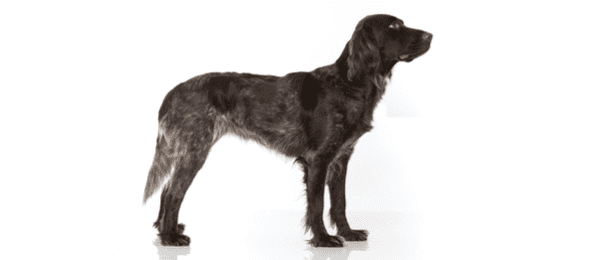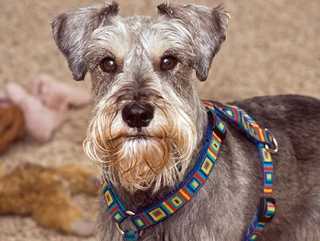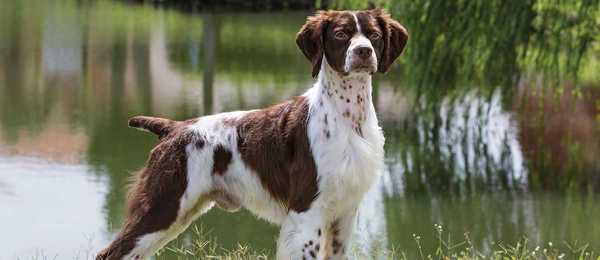
Large Munsterlander Dogs & Puppies
View Adoptable Pets for This Breed

Traits and Characteristics
type
weight
height
family
Radiating nobility, strength and refinement, the Large Munsterlander is a talented versatile hunting dog, esteemed for his retrieving, pointing and tracking skills on both land and water, using his wagging, horizontally carried tail to signal game. He has a black-and-white short, smooth, feathered coat, springy gait and keen, far-reaching nose, equally adept for his abilities as a skilled gun dog as he is a cheerful family companion.
Ready to see what dogs fit you best? Take our short quiz to find out!
Energy Level
Exercise Requirements
Playfulness
Affection Level
Friendliness to Dogs
Friendliness to Other Pets
Friendliness to Strangers
Watchfulness
Ease of Training
Grooming Requirements
Heat Sensitivity
Vocality
Disclaimer: While the characteristics mentioned here may frequently represent this breed, dogs are individuals whose personalities and appearances will vary. Please consult the adoption organization for details on a specific pet.
Temperament
The Large Munsterlander is docile and intelligent, making him easily trainable, though his sensitive nature requires gentle handling. He’s lively and friendly, without being too hyperactive or nervous around strangers. Affectionate and playful, the breed thrives being in the house near his human companions.
Upkeep
This moderately shedding breed requires weekly brushing to his feathered coat, though keep in mind he is a true hunting breed, after all, and should be brushed after every run to remove any field debris he may have picked up. Occasional bathing, nail trimming, ear cleaning and teeth brushing is all that remains as far as basic care goes. The Large Munsterlander is lively and energetic, requiring much more exercise than the average family pet. He thrives first and foremost hunting in the field, though also enjoys hiking, running and bicycling with his human companions, as well as free running and playtime in a large fenced yard.
Health
- Major Concerns: N/A
- Minor Concerns: Cataracts, hip dysplasia and osteochondrosis
- Occasionally Seen: N/A
- Suggested Tests: Hip dysplasia
- Lifespan: 11 to 13 years
History
The Large Munsterlander was developed in Munster, Germany, having descended from the German Longhaired Pointer and been crossed with various spaniels. A relatively new and rare breed, the Large Munsterlander became popular as a multipurpose hunting companion throughout Europe and was formally recognized in 1919. The breed was imported to the United States in 1966 before being recognized by the United Kennel Club as part of its Gun Dog Group in 2006.

